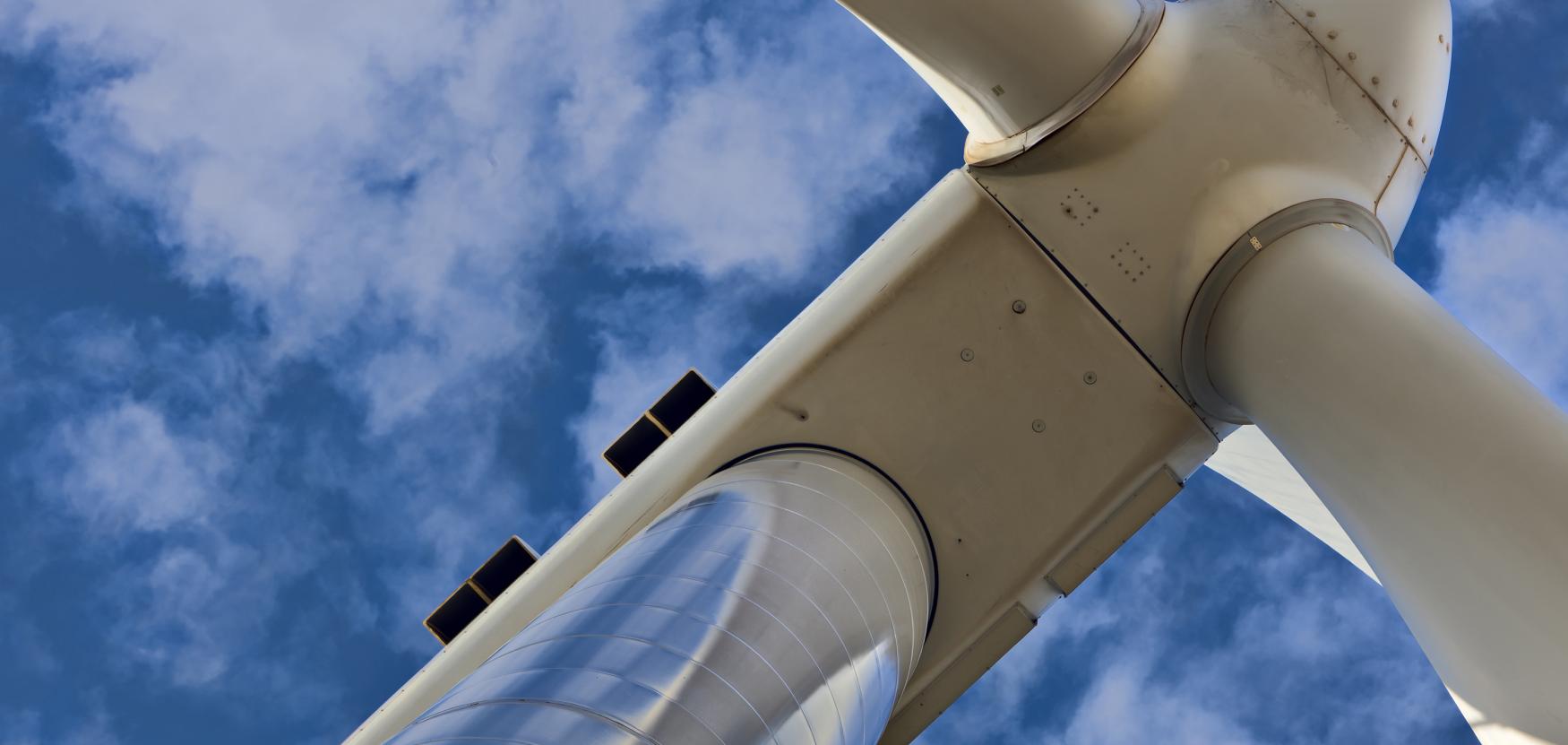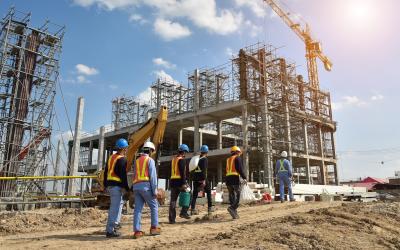Minnesota has made major strides toward cleaner energy. Now we must ensure all Minnesotans see the benefits.
Our clean energy transition is a Minnesota success story. The amount of energy our state produces from renewable resources like solar power and wind has risen 60% over the past decade. Today, renewable energy accounts for 28% of Minnesota’s electricity generation, with 52% of our energy coming from carbon-free sources like renewables, nuclear, and hydropower. The result? Greenhouse gas emissions from our power sector have dropped 40% over the last 10 years.
This isn’t an accident. Smart legislation, like the 2007 Next Generation Energy Act, which established Minnesota’s renewable energy goals, set Minnesota up for success. Our utilities have also led the way, with strong investments in clean power.
Although our utilities are producing less carbon and more renewable energy, there is still progress to make in our state. This includes addressing the energy burdens of low-income households, fixing grid inadequacies, and making access to clean energy more equitable. We also have work to do on our buildings. Most existing buildings in Minnesota pre-date the current efficiency standards. As a result, greenhouse gas emissions from commercial buildings have risen 15% since 2005, while residential building emissions have risen 32% over the same timeframe.
The Clean Energy and Efficient Buildings goal of Minnesota’s Climate Action Framework looks to tackle these challenges, with solutions that will save Minnesotans money and protect our climate.
Some of these solutions include:
- establishing a standard to achieve 100% carbon-free electricity and 55% renewable electricity by 2040.
- adapting our grid through transmission upgrades to enable greater reliability and renewable energy access and integration.
- improving building codes and standards so that all new commercial and large multi-family buildings produce net-zero greenhouse gas emissions by 2036.
Power generation and building efficiency affect everyone, but not all Minnesotans are able to access the available benefits. People with lower incomes pay a larger portion of their income on energy and housing than those earning more. Due to decades of housing segregation, redlining, and other harmful policies, Minnesotans of color are more likely to rent homes rather than own them, which limits their access to energy efficiency and renewable energy opportunities.
Addressing these inequities is a critical next step in Minnesota’s clean energy transition. An equitable transition to our clean energy future will include:
- investing in energy efficiency programs to ensure that communities of color, tribal nations, and lower-income communities have access to them.
- helping lower-income households access local and affordable renewable energy, with options such as community and rooftop solar.
- supporting job training in rural and low-income communities for work in the clean energy and energy-efficiency sector.
Read more about how Minnesota will take the next step of our clean energy transition in the Clean Energy and Efficient Buildings goal of Minnesota’s Climate Action Framework.



